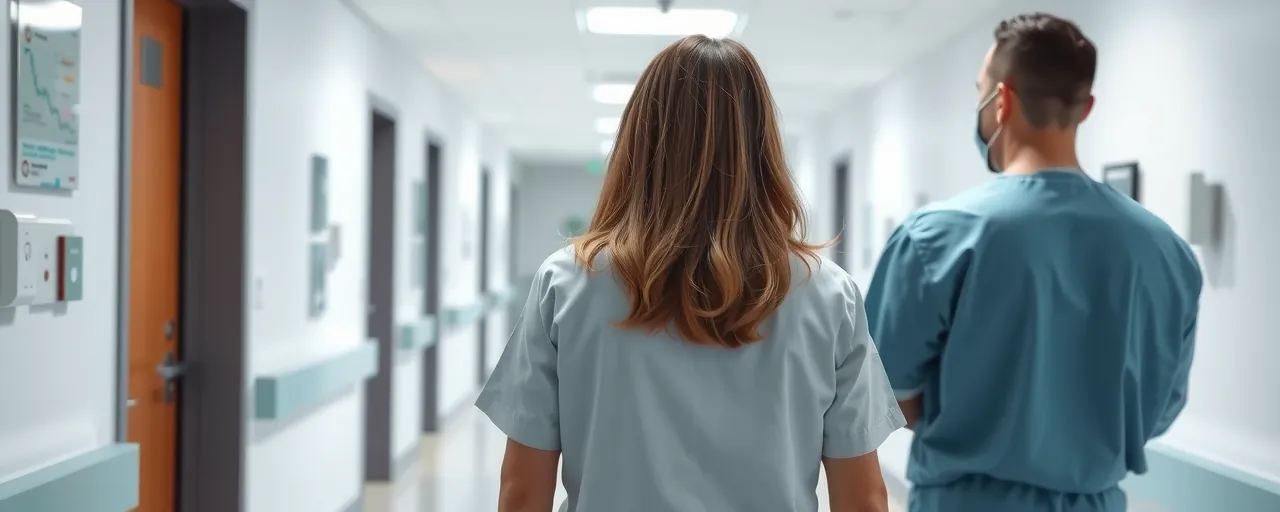New York’s Victory Deserves a Closer Look
New York State delivered a stunning win in 2024, slashing drug overdose deaths by 32 percent, from 6,688 to 4,567. Families are grieving less, and hope is creeping back into communities. Governor Kathy Hochul credits her administration’s massive spending—$400 million in opioid settlement funds, free naloxone kits, and test strips sent to anyone who asks. But the real driver of this success isn’t flashy giveaways. It’s a disciplined focus on accountability, treatment, and cutting off the drug supply at its source.
Programs like Mobile Medication Units and the MATTERS referral network stand out. They don’t just hand out tools; they pull people into treatment with medications like buprenorphine and rapid access to care. Federal policies under President Trump, targeting cartels and boosting recovery funding, laid the groundwork for states to shine. So why does the narrative keep circling back to free supplies? The numbers tell a different story, and it’s time we listened.
Opioids, especially fentanyl, fueled 77 percent of these deaths. That points to a supply problem, not a shortage of test strips. New York’s drop proves you save lives by attacking the source and treating addiction head-on. Anything less is just window dressing.
Tough Policies, Not Soft Promises, Get Results
New York’s progress hinges on action, not sentiment. The state’s opioid settlement funds didn’t just buy naloxone; they expanded treatment slots and trained professionals to tackle addiction directly. Mobile Medication Units deliver buprenorphine to underserved areas, backed by evidence showing medication-assisted treatment can halve overdose deaths when paired with clear expectations. This isn’t about enabling; it’s about offering a way out.
Nationally, the Trump administration’s strategy sets the tone. Between 2018 and 2020, $6 billion in opioid-specific funding flowed to prevention and recovery. The SUPPORT Act opened Medicaid to cover inpatient treatment, empowering states like New York. Contrast that with the 1980s, when enforcement alone left users without help. Today’s approach—disrupt cartels, secure borders, fund treatment—delivers. New York’s numbers are proof.
Some push for more harm reduction, like free syringes or supervised injection sites. They argue it keeps users safe. But safe for what? To keep using? San Francisco’s overdose deaths surged despite such programs. New York’s success shows treatment and enforcement outshine measures that merely delay the inevitable.
Disparities Need Solutions, Not Excuses
Not every community is feeling this win equally. State Senator Nathalia Fernandez rightly notes we lack data on whether Black and Brown New Yorkers are benefiting as much. Between 2019 and 2022, Black Americans saw overdose deaths spike 249 percent, far outpacing others. Only 8.3 percent of Black decedents had accessed treatment before. That’s a glaring gap in care, and it demands action.
The fix isn’t mailing out more test strips. It’s expanding outreach and treatment access in high-risk areas. New York’s MATTERS network links emergency rooms and jails to care, but it must reach deeper into vulnerable neighborhoods. Federal funding, like the $8.1 billion for Certified Community Behavioral Health Clinics in 2025, can bridge that gap. Why divert resources to programs that skirt the root issues of poverty and systemic barriers?
Advocates for decriminalization claim it reduces disparities by avoiding arrests. But without treatment, it just leaves people on the streets. Oregon’s decriminalization experiment saw overdose deaths jump 40 percent. New York’s blend of enforcement and care proves there’s a better way. Why settle for less?
Build on Success, Don’t Dilute It
New York’s 32 percent drop is a beacon, but the fight’s not over. Fentanyl still dominates, and states like Nevada are seeing rises. The national decline—26.9 percent in 2024—signals progress, but we can’t ease up. Keep targeting the drug supply. Keep investing in treatment. And stop treating harm reduction as a cure when it’s just a stopgap.
Next steps? Scale up Mobile Medication Units and MATTERS referrals. Use settlement funds to hire addiction specialists, not to ship more kits. Prevention matters too—teach kids the real risks of drugs, not how to test them. The Trump administration’s funding surge, from $2.1 billion in 2016 to $8.1 billion in 2025, gives New York the tools to lead. Let’s use them.
This fight is about saving lives, not scoring points. New York’s data shows accountability and treatment win out. Let’s double down on what works and make overdoses history. Who’s ready to make that happen?
